
Visa and entry requirements Jordan:
Passport required
German citizens need a visa to enter Jordan.
A single-entry visa can be applied for at the Jordanian Embassy in Berlin, but is also issued at Queen Alia International and Aqaba airports.
Visa costs: 48 euros
Information from the Federal Foreign Office about your trip to Jordan:
https://www.auswaertiges-amt.de/de/jordaniensicherheit/218008
Jordan is a country in the Middle East with around 11 million inhabitants. The country is bordered in the west by Israel, the autonomous West Bank of Palestine and the Dead Sea, in the northwest by the disputed Golan Heights, in the north by Syria, in the northeast by Iraq, in the east and south by Saudi Arabia and in the southwest by the Red Sea, with a short distance to Egypt.
The official language of Jordan is Arabic and the local currency is the Jordanian dinar, where 10 euros corresponds to around 7.50 JOD.
The largest cities in the country include Amman, Zarqa, ar-Rusaifa, Irbid, al-Quwaisima, Wadi as-Sir, Tila al-Ali, Sahab, Aqaba and al-Jubaiha. The residents are mainly Muslim.
Jordan's territory consists predominantly of desert and low mountainous terrain, with the 1,854 meter high Jabal Umm as the highest point in the country. The deepest and lowest point on the entire earth's surface is in the Dead Sea, at 425 meters below sea level.
Despite Jordan's relatively sparse vegetation, the national territory is home to a wide variety of wildlife. The local animal inhabitants include wolves, hyenas, vultures, gazelles, ibexes, golden eagles, scorpions, wild cats and various lizards.
Jordan's economy is based primarily on phosphate mining, small agriculture and tourism. The country has significant uranium deposits, which have not yet been mined.
Tourism is the country's second largest source of income and offers unique attractions for the predominantly international visitors. The most important sights in Jordan include the rock city of Petra, the diving paradise on the Red Sea near Aqaba, the mosaics of Madaba, the ancient city of Gerasa, the over 1,000 year old ruins of Umm er-Rasas, the Wadi Rum with its desert landscape, and various ancient desert castles as well as the extremely salty Dead Sea, with its healing properties.
The capital and by far the largest city in Jordan is Amman with around 4.5 million inhabitants. Modern Amman is the country's political and economic center.
The most important sights in Amman include the Roman Amphitheater, the Citadel, the Al Balad district, the King Abdullah Mosque, the Natural History Museum, the Abu Darwish Mosque, the King Hussein Bin Talal Mosque, the Art Museum, the Jara Market, the Jordan Museum and the shopping street Abdali Boulevard.
In February 2013 I traveled to Jordan for the second time, having spent two days in Amman four years earlier. My four-day stay was packed with exciting excursions. After I had visited Amman's few but still quite interesting attractions in super cheap taxis on the first day, I booked a four-hour bus ride to the famous rock city of Petra for the second day for around 35 euros. The lost city of Petra is unique in the world and one of the greatest tourist attractions anywhere. This fascinating sight of the huge basin, with the countless caves and ruins of the former city as well as the well-preserved facades of the treasury and the many temples carved into the rock, is one of the greatest cultural monuments on our globe. After this impressive and unforgettable experience, we went back by bus in the afternoon.
On the third and final day I took a trip to the legendary Dead Sea. I also visited this incredible natural spectacle and the deepest place on earth by bus, a cheaper and shorter journey than the day before.
The obligatory sea bathing included soaking the body in the healing black natural mud and, of course, lying on the salty water surface.
After these eventful and exciting days, my great time in Jordan was over.
With its many highlights, the country is definitely worth a trip and is also relatively inexpensive.

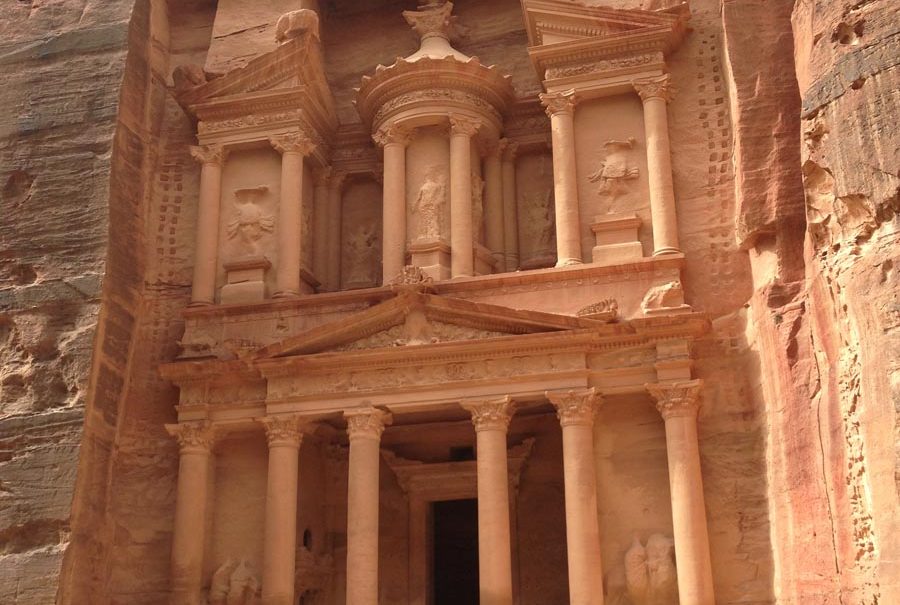






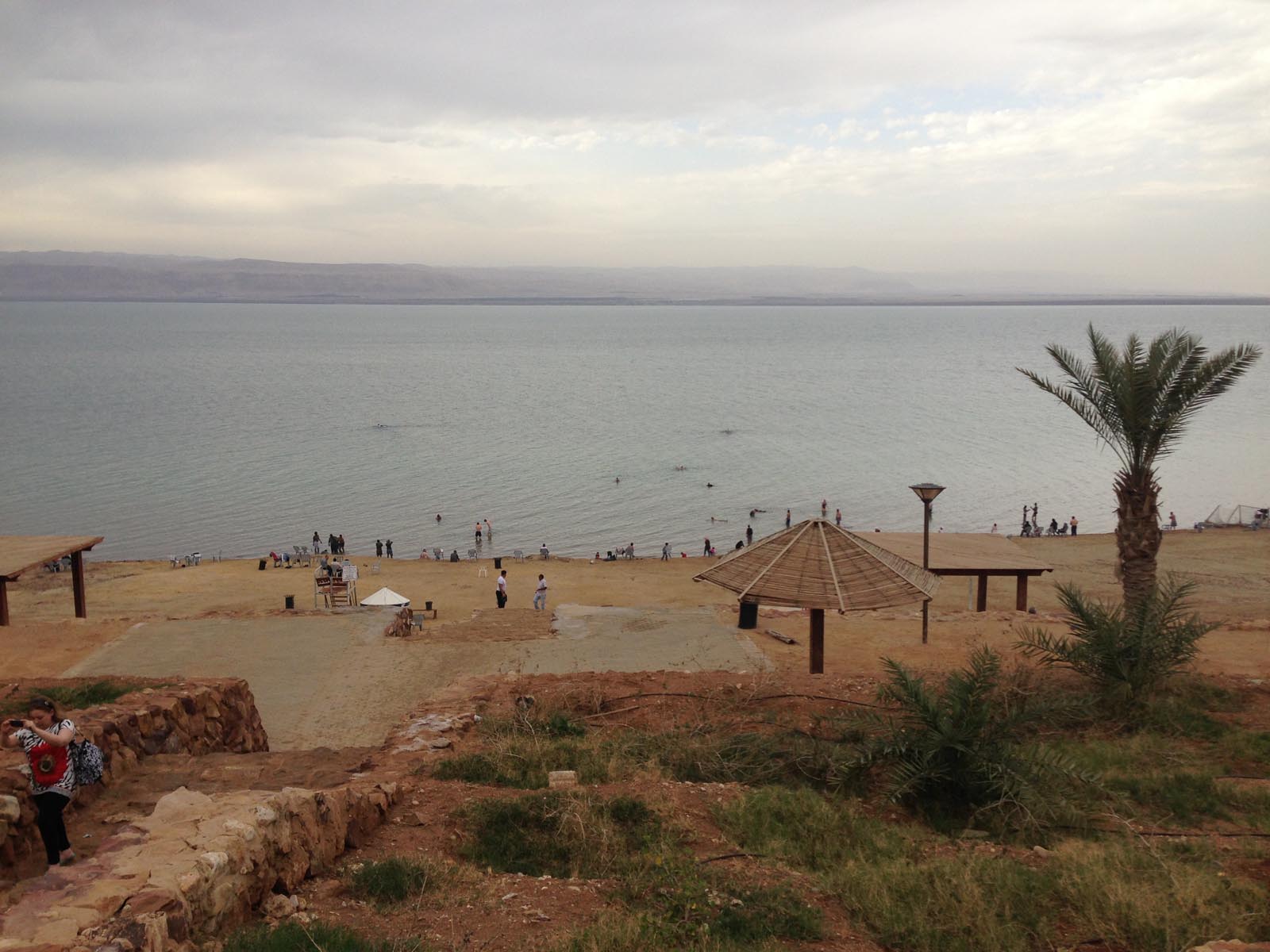

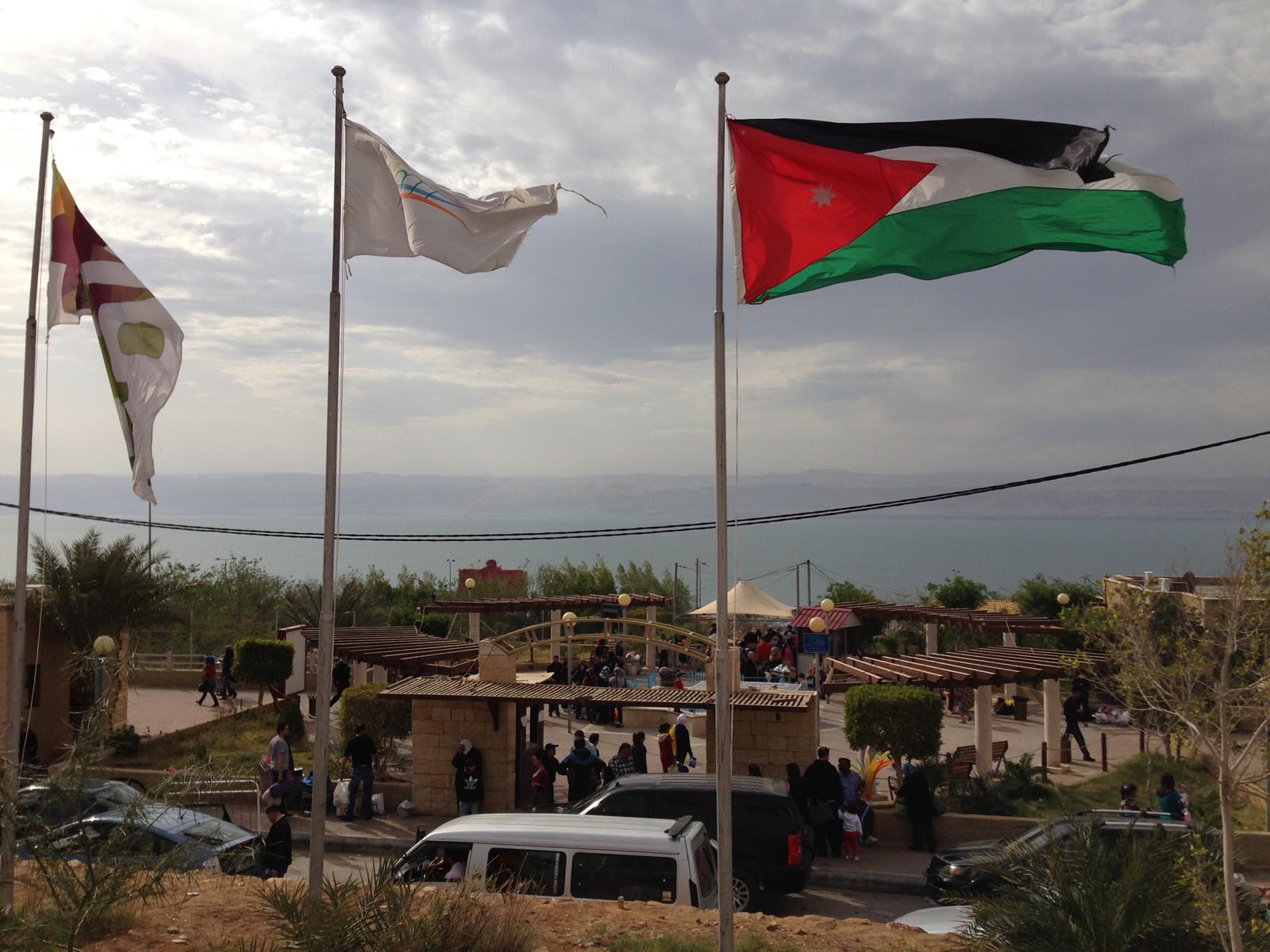



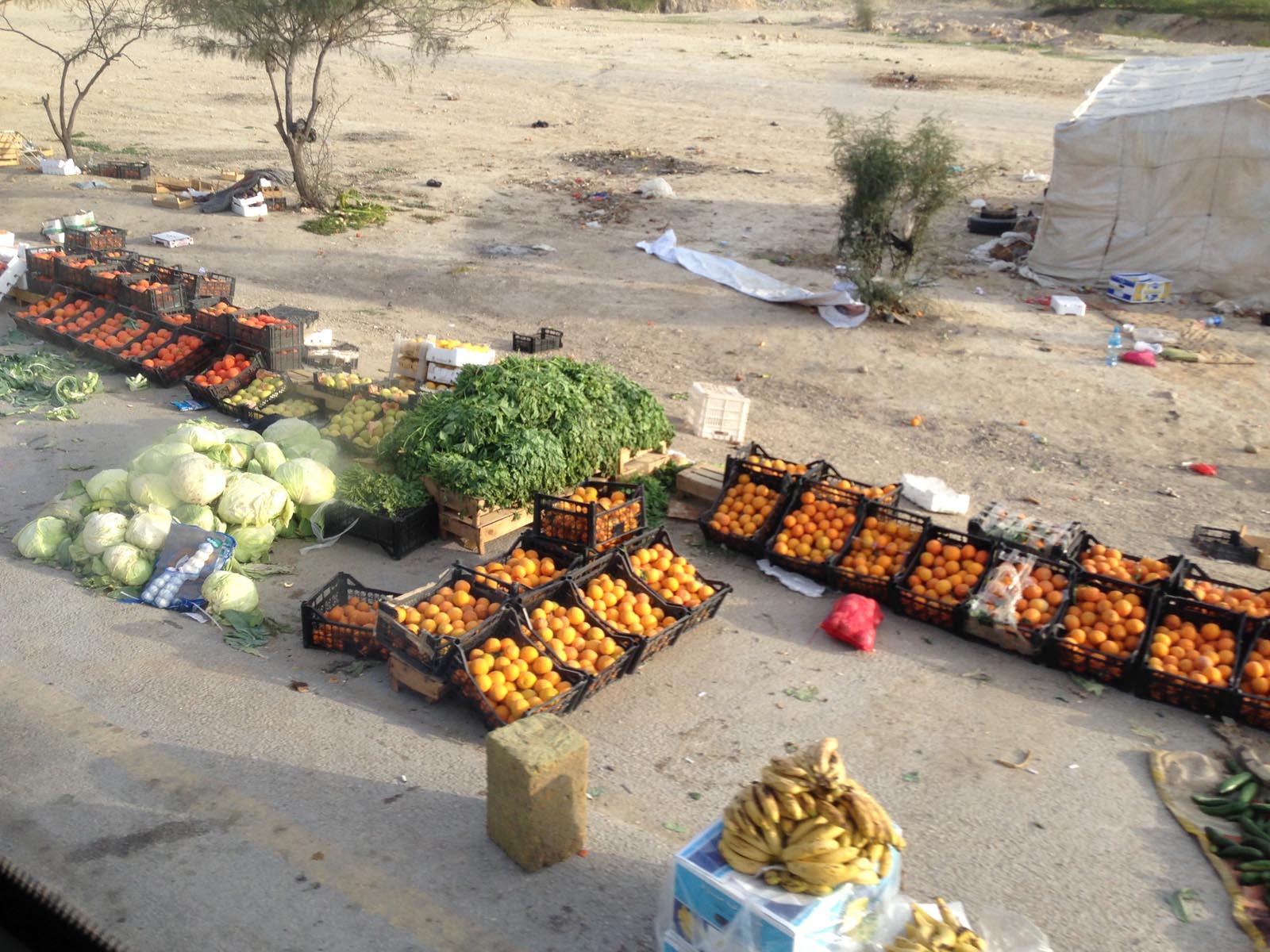










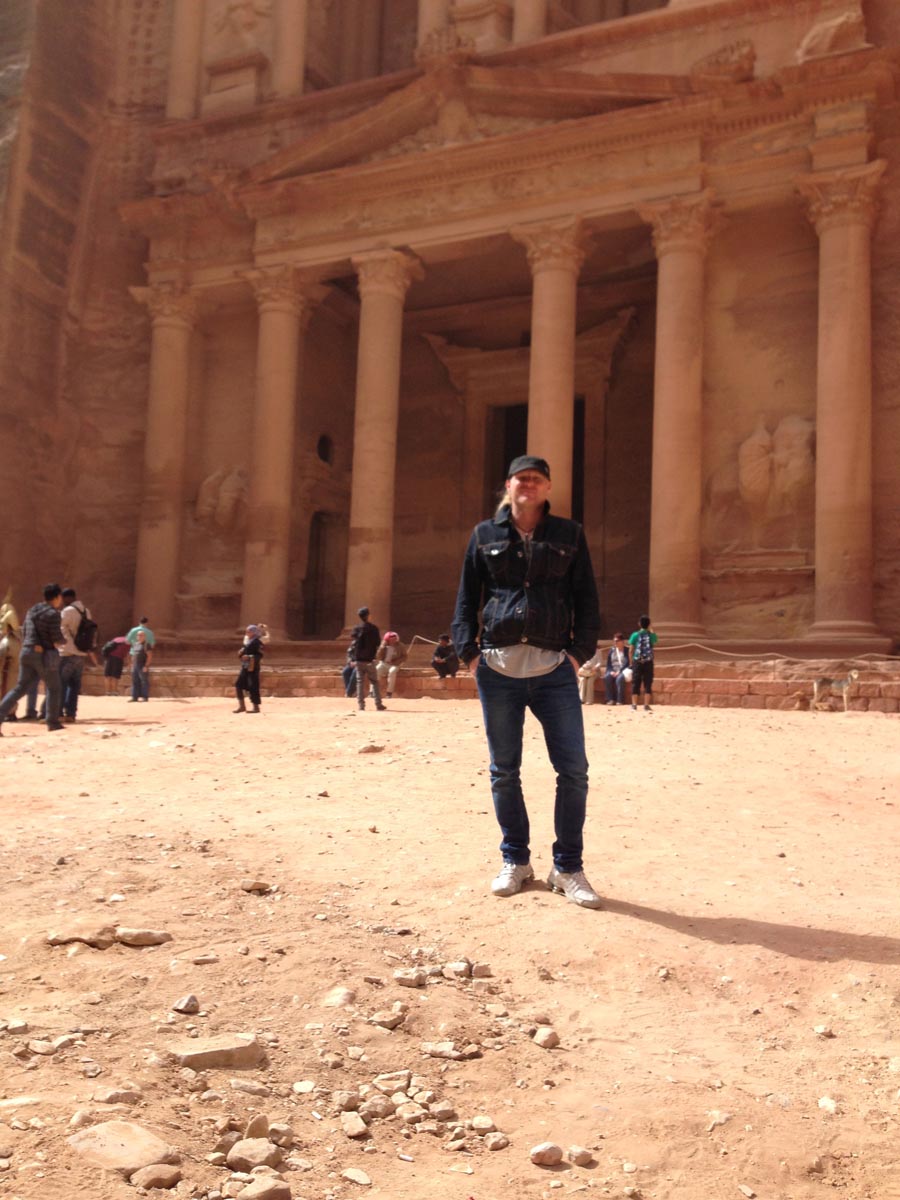

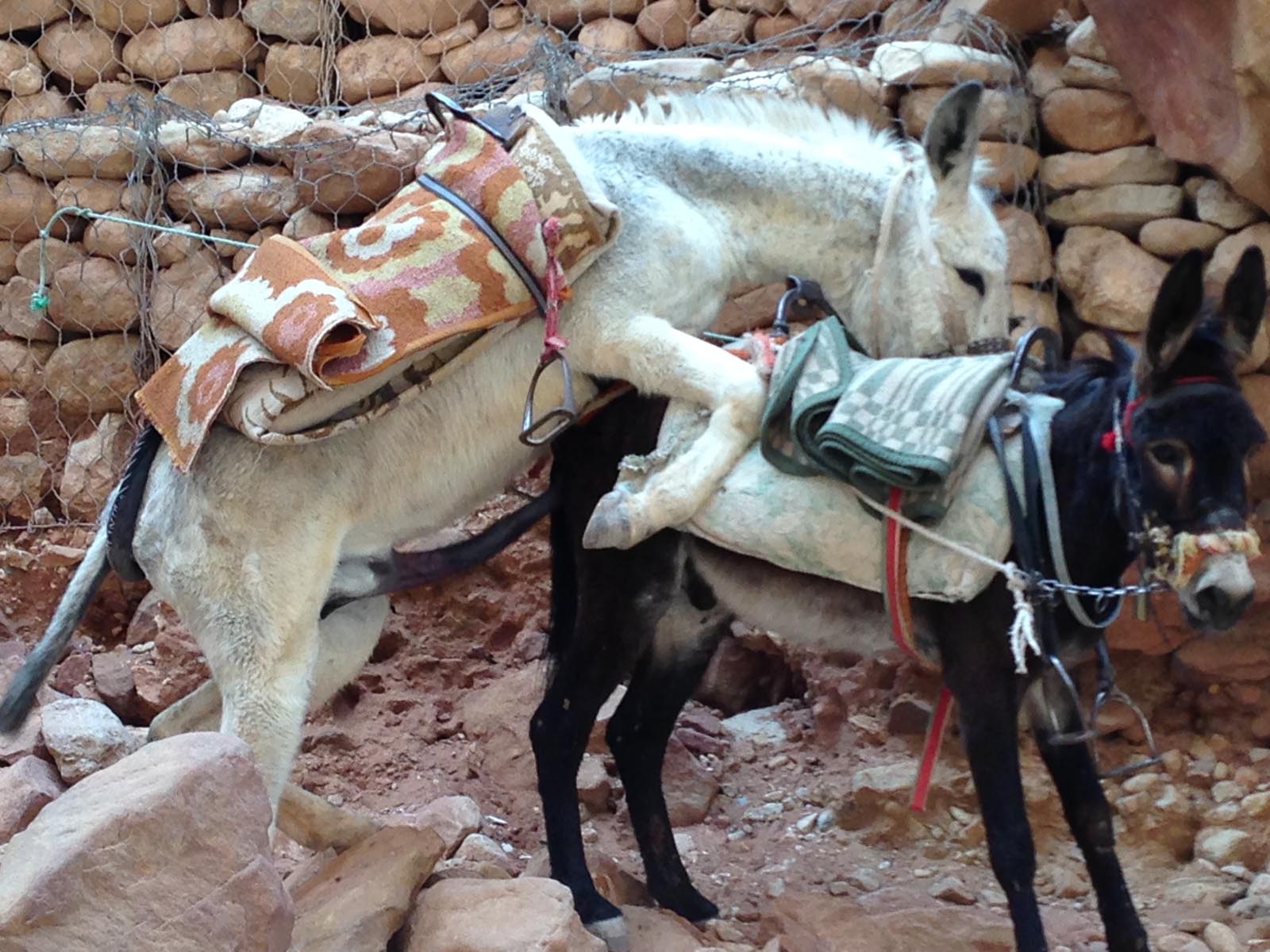
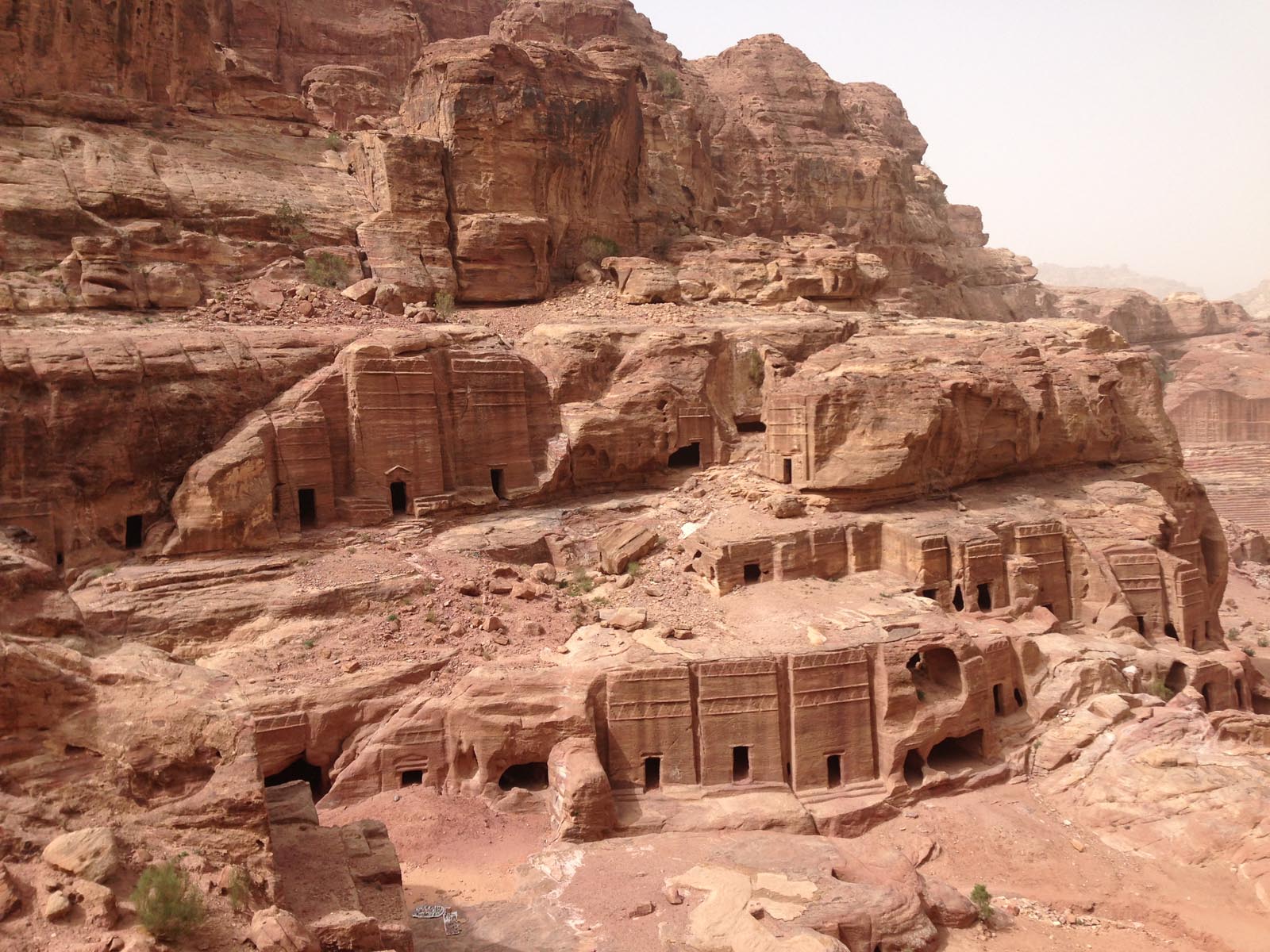















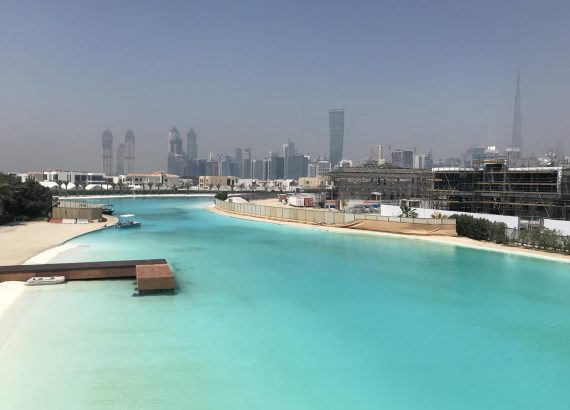
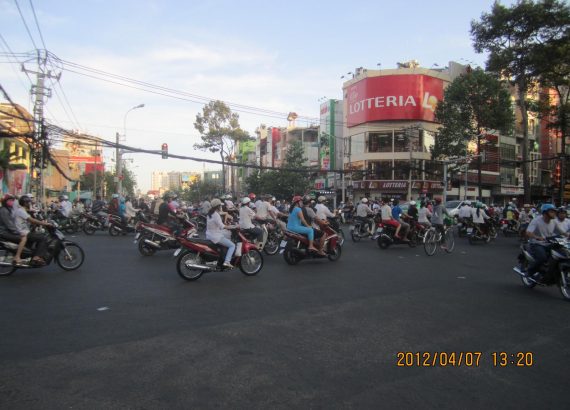
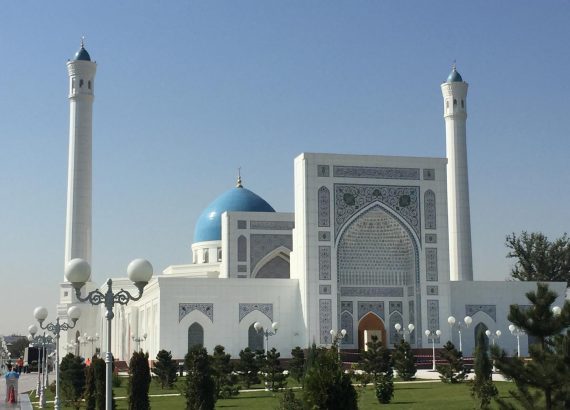
No Comments